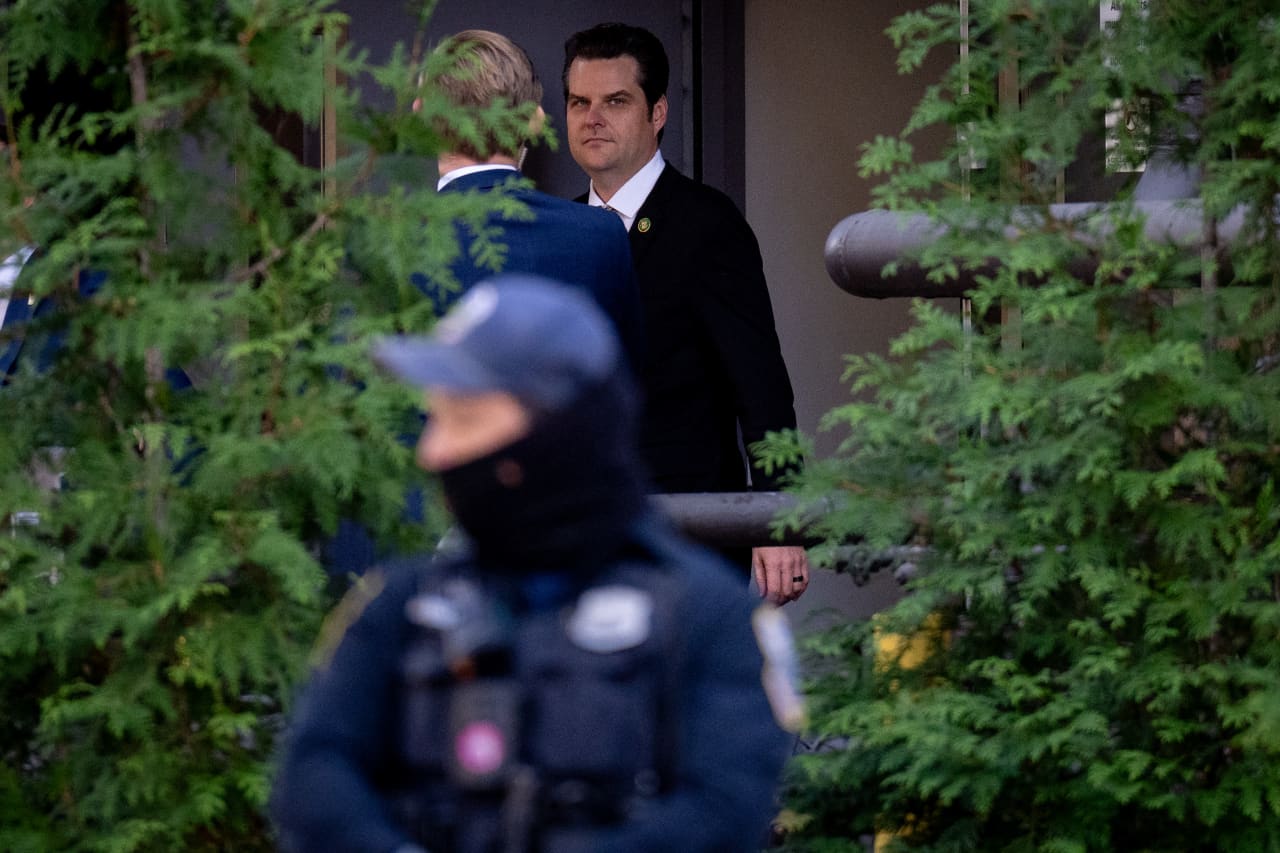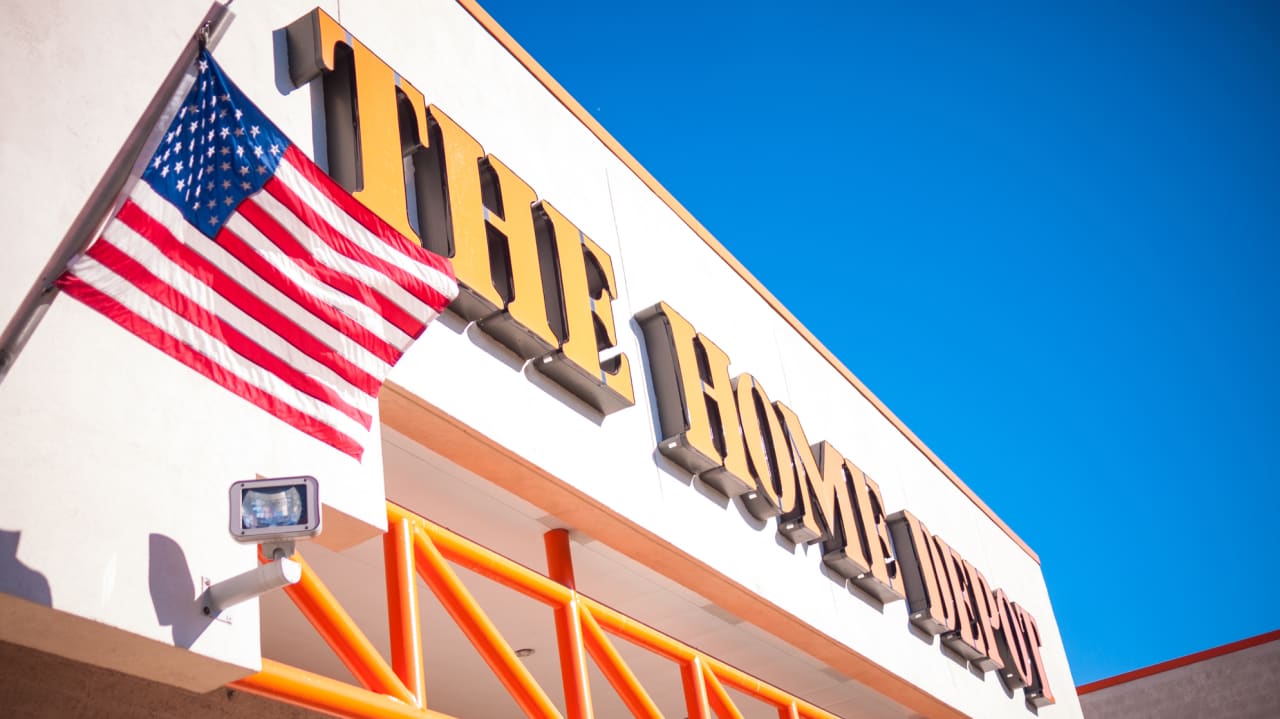Long-dated U.S. yields continued to rise on Thursday, leaving the 10-year rate on track to surpass its 15-year high, as traders bet a resilient economy will encourage the Federal Reserve to raise interest rates further.
What’s happening
-
The yield on the 2-year Treasury
BX:TMUBMUSD02Y
slipped 4.2 basis points to 4.936% from 4.978% on Wednesday. -
The yield on the 10-year Treasury
BX:TMUBMUSD10Y
advanced 2.2 basis points to 4.28% from 4.258% Wednesday afternoon. It finished Wednesday at the highest level since June 13, 2008, based on 3 p.m. data from Dow Jones Market Data. At Thursday’s level, the rate was on its way to the highest finish since Dec. 26, 2007. -
The yield on the 30-year Treasury
BX:TMUBMUSD30Y
gained 3.8 basis points to 4.397% from 4.359% late Wednesday.
What’s driving markets
On Thursday, the 10-year Treasury yield briefly rose above 4.31%, the most since the 2007-2008 global financial crisis, as resilient economic data suggests central banks may need to raise interest rates further to quell inflation.
The minutes of the last Federal Reserve policy meeting, published Wednesday, showed policy makers still concerned that inflation would fail to fall much further and more interest rate increases could be needed.
However, markets are pricing in an 86.5% probability that the Fed will leave interest rates unchanged at a range of 5.25%-5.5% on Sept. 20, according to the CME FedWatch Tool. The chance of a 25-basis-point rate hike to a range of 5.5%-5.75% at the subsequent meeting in November is priced at 35.8%.
In U.S. economic updates on Thursday, initial jobless benefit claims fell 11,000 to 239,000 last week, reflecting a low level of layoffs, and the Philadelphia Fed manufacturing gauge for August reflected the first positive reading in a year.
What analysts are saying
Ten-year yields “made it to 4.31% overnight as the selloff continues and we expect today’s preoccupation in the Treasury market will be monitoring the cycle high yield print at 4.335% from October of last year,” said BMO Capital Markets strategists Ben Jeffery and Ian Lyngen. “A challenge of that threshold looks increasingly probable, and with little in the way of economic data between now and a late August weekend, we’re reminded that low conviction trading in close proximity to meaningful technical thresholds can inspire an outsized price response.”





















Discussion about this post